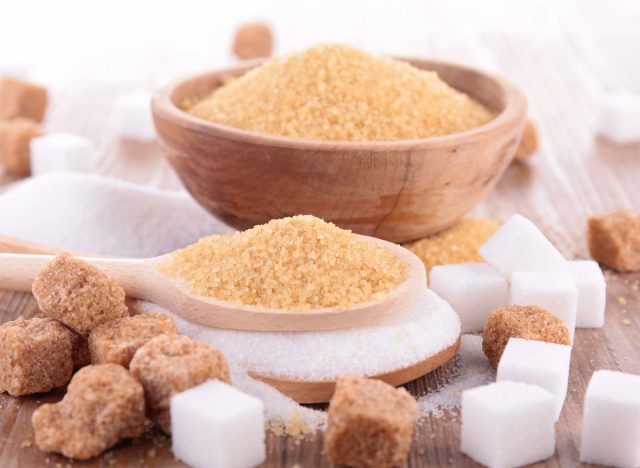In the world of superfoods, few vegetables are as versatile and nutrient-dense as cauliflower. A cruciferous vegetable, cauliflower (Brassica oleracea var. botrytis) is closely related to broccoli, kale and Brussels sprouts. With its creamy white florets and mild, slightly nutty flavor, cauliflower has evolved from a humble garden vegetable to a celebrated superfood lauded for its ability to support digestion, reduce inflammation and lower the risk of chronic diseases.
Brief history of cauliflower
Cauliflower’s origins can be traced back to ancient Mediterranean and Middle Eastern cultures. Historians believe it was first cultivated in Asia Minor (modern-day Turkey) around 600 B.C. and spread to Italy and Spain. By the 16th century, it had gained popularity in France and England, where it was considered a delicacy among the aristocracy.
Today, cauliflower is grown worldwide, with China, India and the United States being its the top producers. Cauliflower's adaptability to different climates and soil conditions has made it a staple in global cuisine.
While cauliflower has long been valued for its nutrient content, its reputation as a superfood surged in the early 21st century. The rise of low-carb and plant-based diets, such as keto and paleo, propelled cauliflower into the spotlight as a versatile substitute for grains and starches. Its high fiber content, low calorie count and rich nutrient profile cemented its status as a must-have superfood.
Phytonutrients and health benefits of cauliflower
Cauliflower is packed with bioactive compounds that contribute to its many health benefits. Some of the most notable phytonutrients in this remarkable vegetable include:
- Sulforaphane - A sulfur-rich compound with potent anticancer properties
- Indole-3-carbinol - Supports liver detoxification and hormone balance
- Glucosinolates - Compounds converted by the body into isothiocyanates, which help combat oxidative stress
- Quercetin - A flavonoid with anti-inflammatory and heart-protective effects
- Kaempferol - Another flavonoid linked to reduced inflammation and chronic disease prevention
Thanks to the presence of these compounds, cauliflower has been reported to offer the following benefits:
- Supports digestive health - High in fiber (about 3 grams per cup), cauliflower can promote gut health by feeding beneficial gut bacteria and preventing constipation.
- Reduces inflammation - The antioxidants in cauliflower, including vitamin C and beta-carotene, can help reduce inflammation, which is linked to conditions like arthritis and heart disease.
- May lower cancer risk - Sulforaphane and indole-3-carbinol have been studied for their ability to inhibit cancer cell growth, particularly in breast, prostate and colon cancers.
- Supports heart health - The fiber, potassium and antioxidants in cauliflower can contribute to healthy blood pressure and cholesterol levels.
- Aids in weight management - Low in calories (25 per cup) and high in nutrients, cauliflower is an excellent food for losing weight and supporting metabolic health.
Culinary uses and recipes
Many cultures have used cauliflower as a traditional medicine. In Ayurveda, it is considered cooling and beneficial for digestion when cooked with warming spices like turmeric and cumin. Today, wellness enthusiasts blend cauliflower into smoothies, roast it as a side dish or use it as a rice or pizza crust alternative.
The most common variety of cauliflower is white, but purple, green (broccoflower) and orange cultivars also exist. Its compact, curd-like head is surrounded by thick green leaves. When raw, it has a crisp texture and a mild, slightly earthy taste. Cooking enhances its sweetness and softens its bite.
Cauliflower is a versatile ingredient that can be used to make the following dishes:
- Cauliflower rice stir-fry - Grated cauliflower replaces grains for a low-carb, nutrient-packed meal.
- Roasted garlic cauliflower soup - A creamy, comforting dish rich in immune-boosting compounds.
- Buffalo cauliflower bites - A spicy, baked alternative to chicken wings.
- Cauliflower pizza crust - A gluten-free base topped with your favorite ingredients.
- Cauliflower and chickpea curry - A fiber-rich, plant-based dish with anti-inflammatory spices.
From its ancient roots to its modern superfood status, cauliflower has proven itself as a nutritional powerhouse. Whether roasted, mashed or blended, its health benefits are undeniable. By incorporating cauliflower into your diet, you can enjoy its disease-fighting properties while indulging in its culinary versatility.





